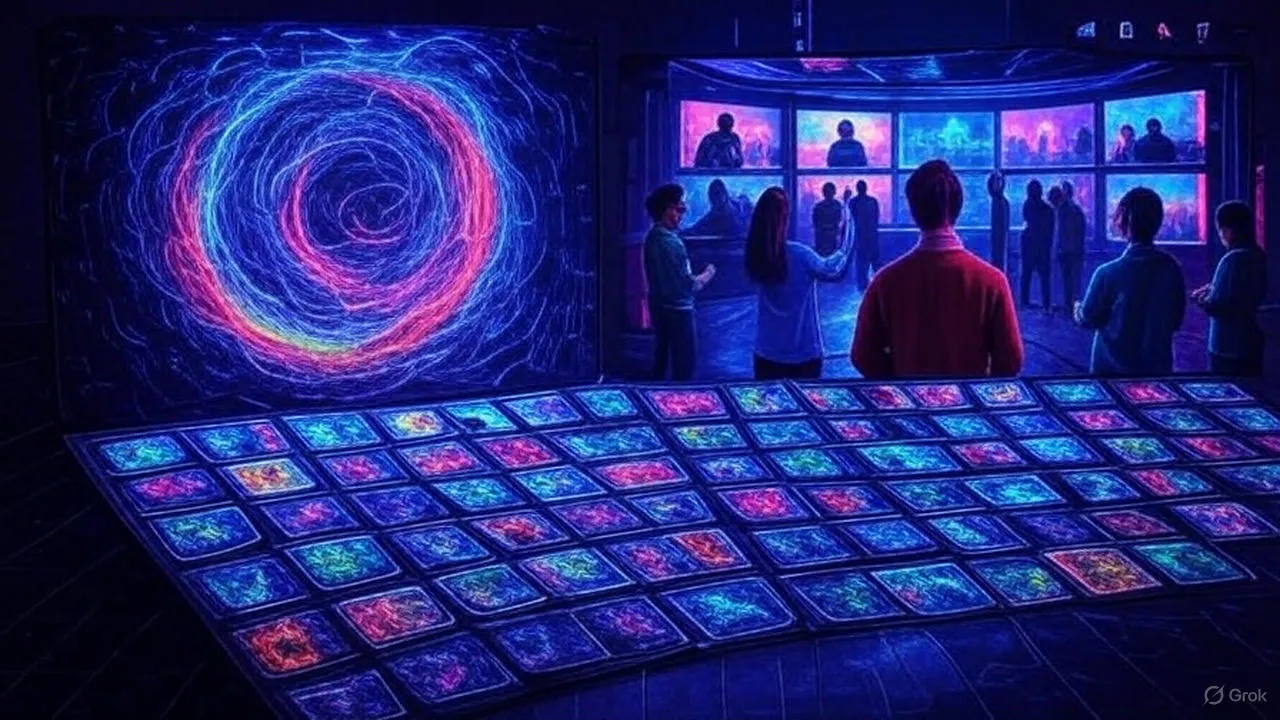The world of video creation is undergoing a significant transformation, driven by advancements in artificial intelligence (AI) and machine learning (ML). This move reflects broader industry trends, where companies are leveraging AI to empower creators and streamline content production. Google’s latest update to its Flow tool is a testament to this shift, introducing new features that give users more control over their video editing experience.
At the heart of this update is Veo 3.1, the latest iteration of Google’s AI model that powers Flow. With Veo 3.1, users can now enjoy richer audio, more narrative control, and enhanced realism that captures true-to-life textures. This state-of-the-art model builds upon its predecessor, Veo 3, with stronger prompt adherence and improved audiovisual quality when turning images into videos. The introduction of Veo 3.1 marks a significant milestone in the development of AI-powered video editing tools, enabling creators to produce high-quality content with greater ease.
One of the most exciting aspects of this update is the integration of audio capabilities into existing features like “Ingredients to Video,” “Frames to Video,” and “Extend.” These features, which were previously limited to visual elements, now allow users to craft a more immersive experience by adding rich, generated audio to their scenes. For instance, with “Ingredients to Video,” users can control the characters, objects, and style of their scene using multiple reference images, while “Frames to Video” enables the creation of seamless transitions between shots.
In addition to these audio enhancements, Flow’s new editing capabilities provide users with more precision and control over their videos. The “Insert” feature, for example, allows users to add new elements to any scene, from realistic details to fantastical creatures, while handling complex details like shadows and scene lighting. The “Remove” feature, on the other hand, enables users to seamlessly remove unwanted objects or characters from a scene, reconstructing the background and surroundings to create a natural-looking environment.
The implications of these advancements are far-reaching, enabling creators to produce high-quality video content with greater ease and efficiency. As the video editing landscape continues to evolve, Google’s Flow tool is poised to play a significant role in shaping the future of content creation. With its enhanced features and audio capabilities, Flow is an exciting development for anyone interested in video production, from professionals to hobbyists.
Source: Official Link
